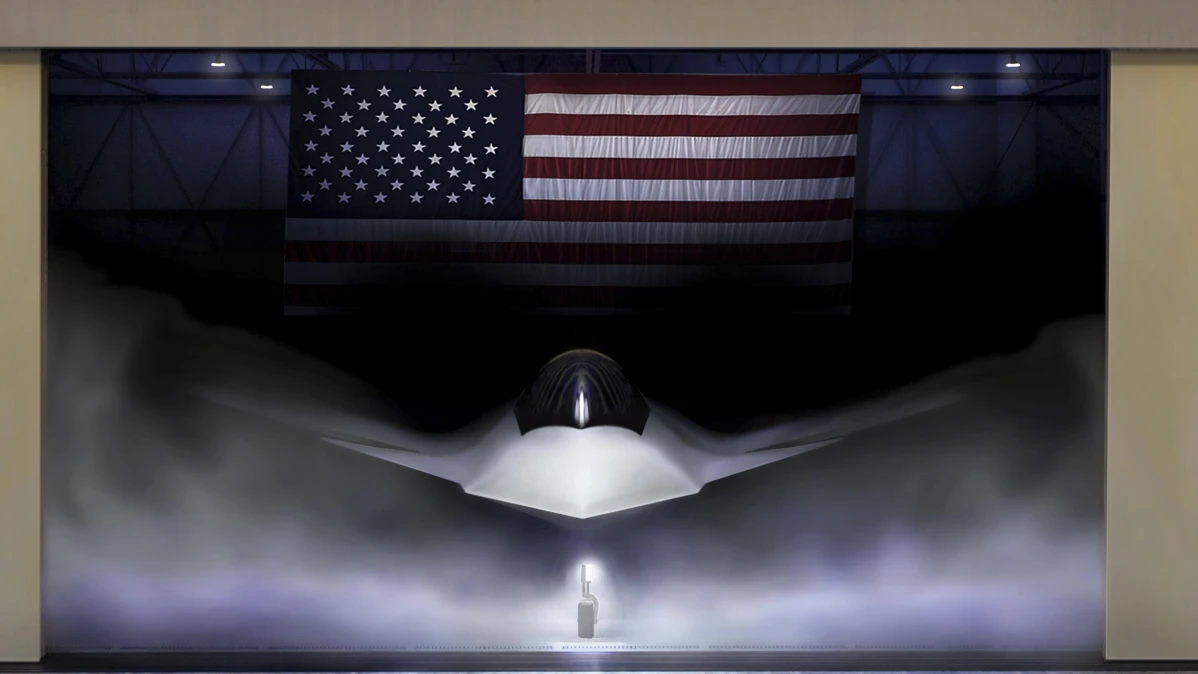On March 21, President Donald Trump announced the United States’ plans to develop the F-47, the nation’s first sixth-generation fighter jet, awarding the contract to Boeing. This initiative is part of the Air Force’s Next Generation Air Dominance (NGAD) program, aiming to replace the aging F-22 Raptor fleet and maintain U.S. air superiority.
The F-47 is expected to feature advancements in range, stealth, and adaptability compared to its predecessors. Air Force Chief of Staff General David Allvin highlighted that the aircraft will have “significantly longer range, more advanced stealth, be more sustainable, supportable, and have higher availability than our fifth-generation fighters.” Additionally, it is projected to be more cost-effective and deployable in larger numbers.
The NGAD program envisions a “family of systems” approach, with the crewed F-47 serving as the central platform supported by uncrewed collaborative combat aircraft. This strategy aims to enhance the U.S. Air Force’s capabilities in potential conflicts, particularly in the Indo-Pacific region.
Boeing’s selection over Lockheed Martin for this contract has had notable financial implications. Boeing’s stock experienced a 3.1% increase, adding approximately $4 billion in market value, while Lockheed Martin’s stock declined by 5.8%, resulting in a $6 billion loss in market value.
The F-47’s designation serves as a tribute to President Trump, the 47th president of the United States. The Air Force confirmed that the number honors both the legacy of the P-47 Thunderbolt from World War II and the founding year of the Air Force, while also recognizing President Trump’s pivotal support for the development of the world’s first sixth-generation fighter.
The Air Force aims to have the F-47 operational by the end of President Trump’s term in early 2029, marking a significant milestone in U.S. military aviation and reinforcing the nation’s commitment to maintaining air dominance in the evolving global landscape.





